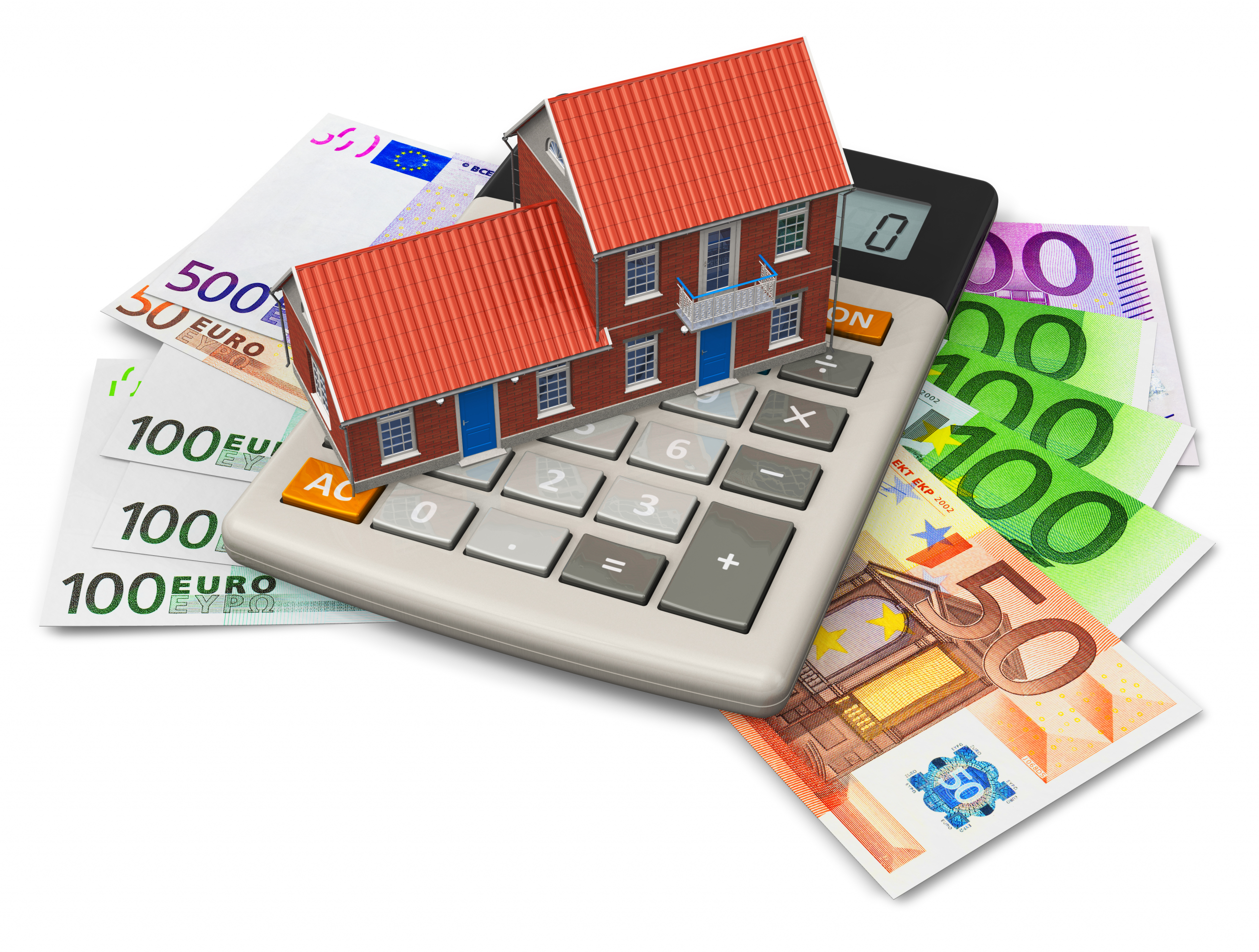IF you’re looking to buy a property on the Costa del Sol, to live in year-round or to use as a holiday home, a mortgage can be a financially advantageous way to fund your purchase. Depending on your personal situation and the home you wish to buy, mortgages can help you make the most of record-low interest rates in Spain to fund your place in the sun in an affordable, cost-effective manner.
To find out how to get a mortgage in Spain, we spoke with Howard Steel, a mortgage adviser at Mortgage Direct, a regulated mortgage broker with representatives throughout Spain. The firm serves clients across Spain and Portu4gal and, thanks to its strong relationships with Spanish and Portuguese banks, is a market leader in the international mortgage industry in both countries.
Howard says 2021 has been the firm’s “busiest year to date, with clients more spread out than ever, although the British market remains strong despite Brexit. What has changed is that different people are buying, such as high-net-worth individuals and young professionals who are looking to move to Spain to work remotely or have more job mobility.”
What are mortgage interest rates like in Spain?
“Spain has never been better for lending conditions,” Howard notes. At the time of writing, the Bank of Spain (Banco de España) quotes the Euribor 12-month interest rate at -0.477% for October 2021. According to the Bank, the average rate of interest offered by Spanish banks on mortgages with more than three years’ term for the acquisition of open-market (i.e. non-regulated) housing in Spain was just 1.49%.
However, Howard says that fixed-rate mortgages can currently be negotiated with some lenders at interest rates as low as 1.1% for a term of up to 25 years, while variable rate loans may offer initial rates of as little as 0.6%, due to the fact that Spanish banks deduct the current negative Euribor from the margin.
All mortgages in Spain – whether they be fixed-rate, variable or mixed, with interest charged at a fixed rate for an agreed period and at a variable percentage thereafter – are indexed to the Euribor (Euro Interbank Offered Rate) lending rate. This is the rate at which a panel of Eurozone financial institutions lend unsecured funds to one another in the euro money markets.
What kind of client do Spanish banks want?
The two most important considerations for any bank in Spain, and anywhere around the world, are the property’s loan-to-value (LTV) ratio and the client’s debt-to-income (DTI) ratio, Howard says.
LTV is calculated by dividing the amount to be borrowed by the valuation of the property or the purchase price, whichever is lower. This is usually expressed as a percentage. DTI is the percentage of gross monthly income that is spent on paying debts, outgoings and other obligations. Both ratios are used by banks to determine risk.
Howard explains that Spanish citizens and residents may be eligible for LTVs of up to 85%, although a maximum of 80% is more common, and can also sometimes negotiate lower interest rates. Non-residents are normally limited to an LTV of 70% and interest rates can vary, he adds, with better conditions usually being offered to clients who ask for more than one million euros.
Clients with DTIs up to a maximum of 40% may be eligible for mortgages from Spanish banks but, Howard points out, the lower your DTI, the more likely you are to be offered a loan, with 25-33% being the preferred range. Banks will always err on the side of caution to avoid defaults on loans, so ensuring a property is affordable for a client’s earning capacity and existing obligations is key.
Since a new law passed in 2019 on mortgage lending in Spain, requiring banks to offer mortgages in the borrower’s currency should exchange rates fluctuate more than 20% over the term of the mortgage, some nationalities have found it harder to get financing, Howard says. These include residents of countries like Singapore, Canada, Australia, New Zealand, Hong Kong and states in Latin America and the Middle East. “But there’s no problem for UK clients,” he adds.
READ MORE:
- OPINION: British demand for property in Spain appears indestructible
- THE LUXURY MARKET IN MARBELLA IS HERE TO STAY
- ANALYSIS: House prices increased across the world in 2020 but Spain is different, writes real estate agent Adam Neale
Click here to read more Adam Neale: Property Insider News from The Olive Press.








